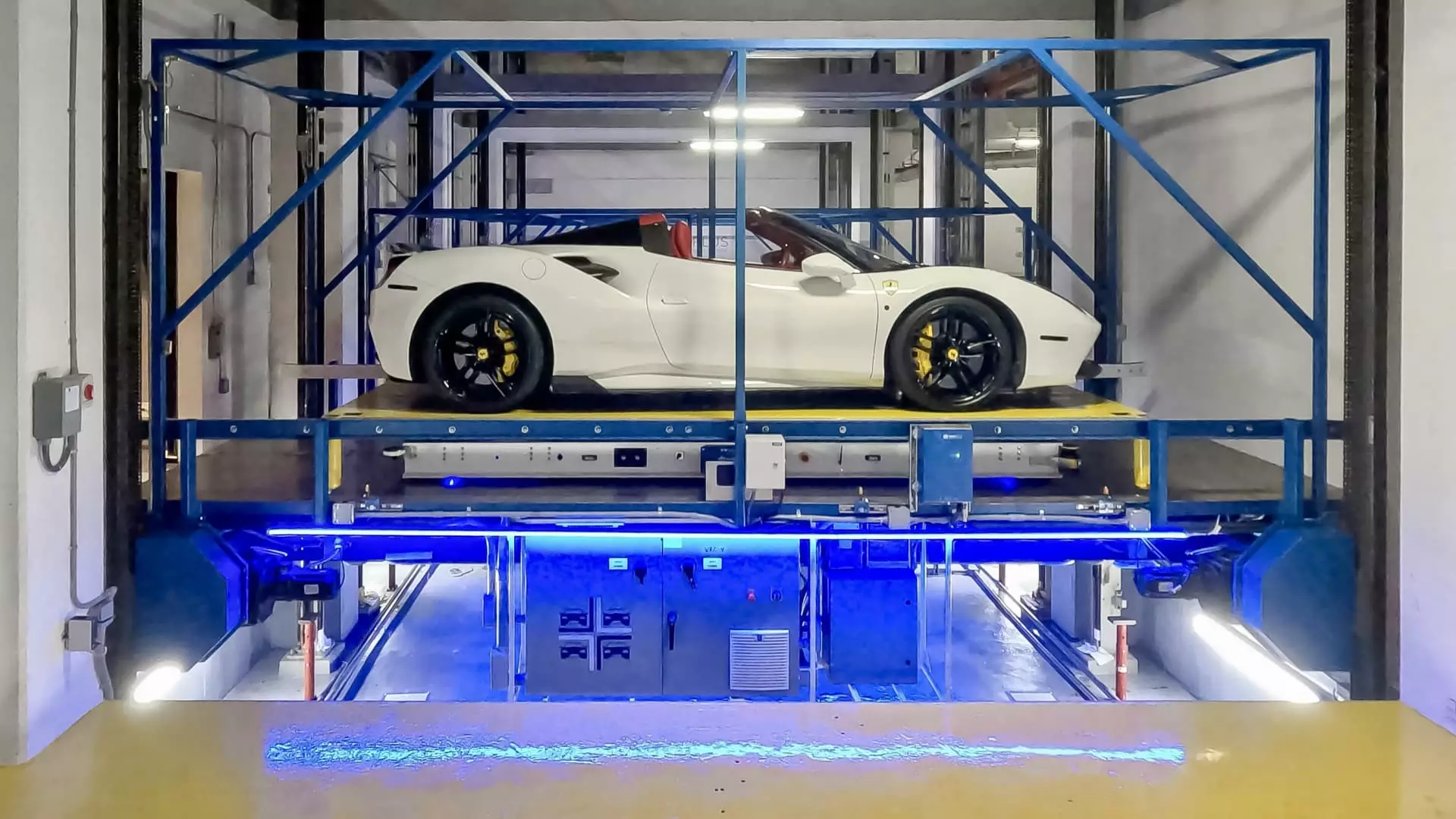In urban centers such as Miami and New York, the demand for innovative parking solutions is at an all-time high, especially among luxury condominiums. A prime example of this trend is the Brickell House, a 46-story majestic residential building that has incorporated an advanced automated parking system. This facility is notable for employing robotic technology to streamline the parking process, showcasing how automation can significantly enhance urban living. According to data from Grand View Research, the global market for smart parking was valued at $6.5 billion in 2021 and is forecasted to grow significantly, demonstrating a robust appetite for automated parking solutions.
Automated parking systems like the one at Brickell House cater to the needs of high-density urban settings, where available space is a premium commodity. The lack of available parking often leads to time-wasting searches for free spots, compelling real estate developers to look for alternative solutions that maximize efficiency. Advanced technologies such as automated guidance vehicles (AGVs) and sophisticated control systems are making it possible to rethink how we manage parking in residential settings.
At Brickell House, residents are greeted with an impressively designed parking facility that stretches across 13 levels. It houses five car lifts and employs a host of 29 AGVs that operate entirely autonomously. Residents simply drive their vehicles into designated bays, handing over the task of parking to the robotic valets. The vehicles are then efficiently maneuvered and stored, with the entire process taking as little as four minutes from entry to retrieval—a monumental time-saver compared to traditional parking methods.
The technology employed isn’t just about saving time; it’s about precision and safety. Robots are equipped with lasers, vision systems, and a host of embedded sensors that allow for delicate operations, such as fitting vehicles into parking spaces with only two inches of clearance between them. By optimizing the way cars are stored, these systems can significantly enhance the building’s usable space, enabling developers to allocate more area towards living quarters rather than parking.
Cost Implications and Market Dynamics
Automation does come at a price, however. The costs of implementing an automated parking system can vary widely, ranging from $20,000 to $80,000 per parking spot, excluding the initial construction expenses incurred by developers. Peter Manis, president of ParkPlus Florida, estimated that the total cost of the system at Brickell House could be anywhere from $8 million to $32 million based on its size and complexity. While these initial investments might seem daunting, the potential returns in terms of valuable living space and increased rental or sale prices for units are significant.
One of the primary motivations for developers to invest in cutting-edge parking technologies is their potential to attract buyers willing to pay a premium for modern conveniences that streamline urban living. With the integration of automated systems, buildings can reclaim valuable square footage, converting parking levels into more residential units—a strategy that not only boosts revenue but also enhances the overall appeal of luxury living.
Despite the advantages of automated parking technologies, there are still challenges to navigate. High-profile issues have arisen from automated systems, casting a shadow on their potential. For instance, earlier iterations of parking technology at Brickell House encountered significant operational failures that left residents unable to access their vehicles for extended periods. Such incidents stress the importance of rigorous testing and reliability, which have become central tenets for companies involved in developing these systems.
In 2016, a lawsuit involving an earlier parking mechanism highlighted the risks involved with advancing technology. Despite the tumultuous past, the installation of the new AGV system in 2022 aims to offer superior reliability and precision, addressing previous shortcomings and establishing a more trustworthy infrastructure for residents.
As we embrace the rapid evolution of urban living, automated parking systems represent not just a convenience but a significant shift toward more sustainable and efficient city living. Brickell House embodies this transition, setting a benchmark for luxury condominiums as they integrate advanced technologies into daily life. While challenges still exist, the ongoing innovations in this sector pave the way for a future where urban living is defined by convenience, efficiency, and advanced technological integration. Ultimately, projects like Brickell House indicate a growing trend towards a more automated future, promising not only to transform our parking experiences but also to redefine modern urban architecture and living standards.

